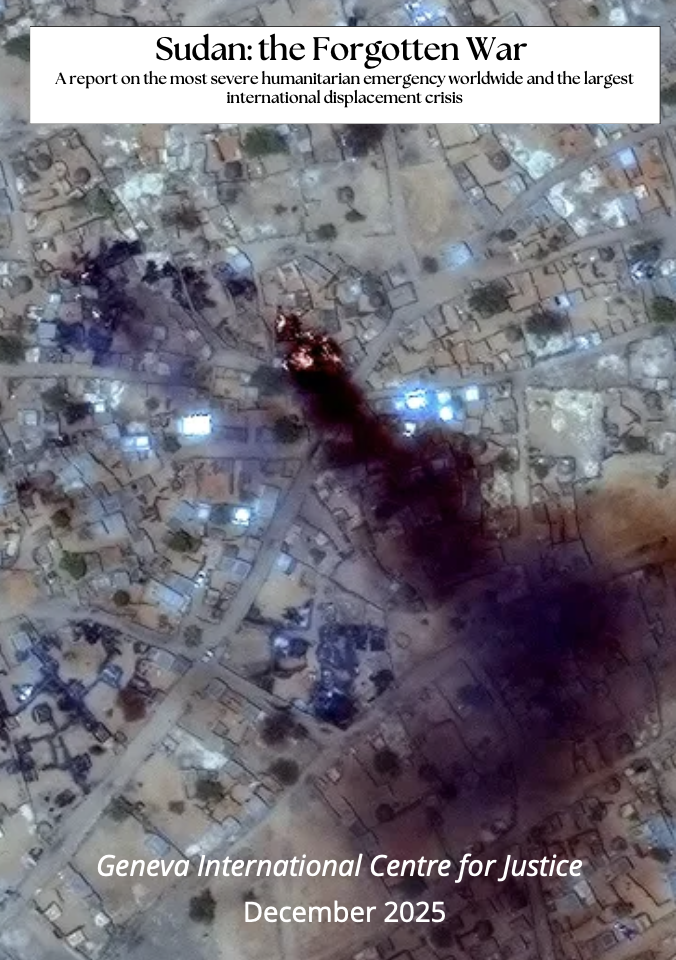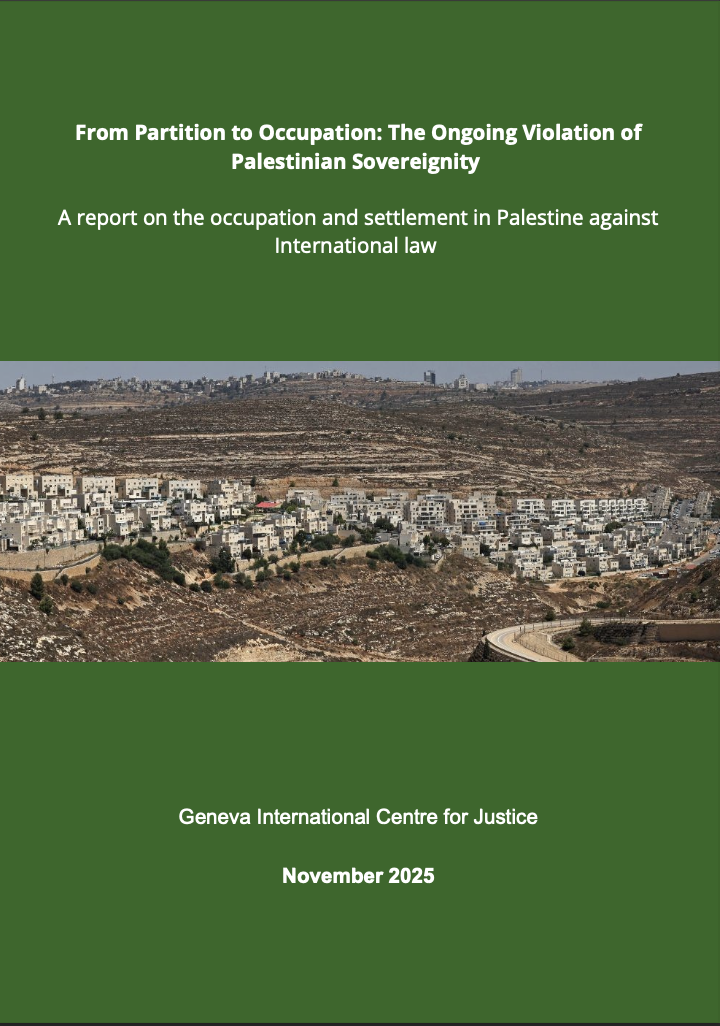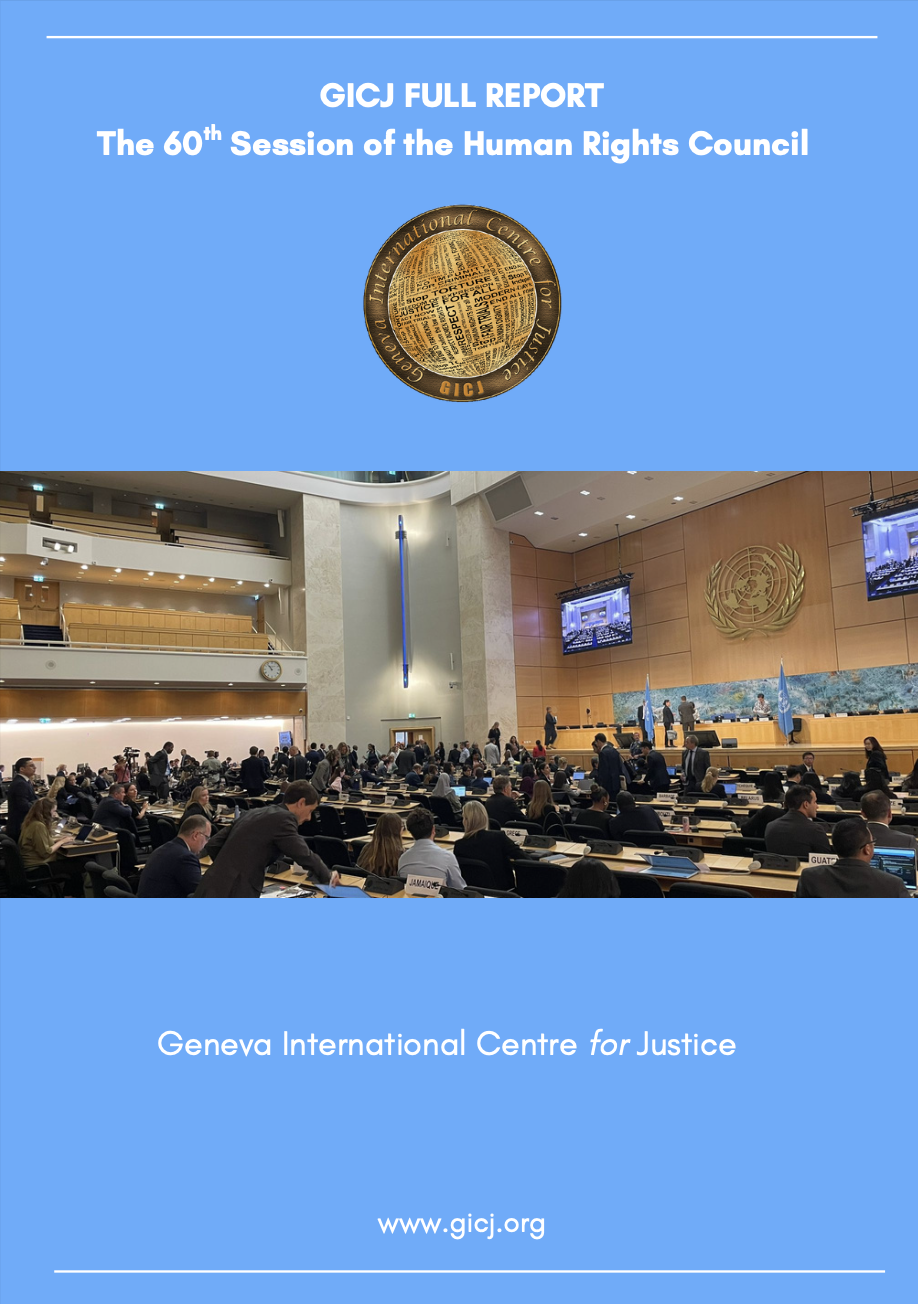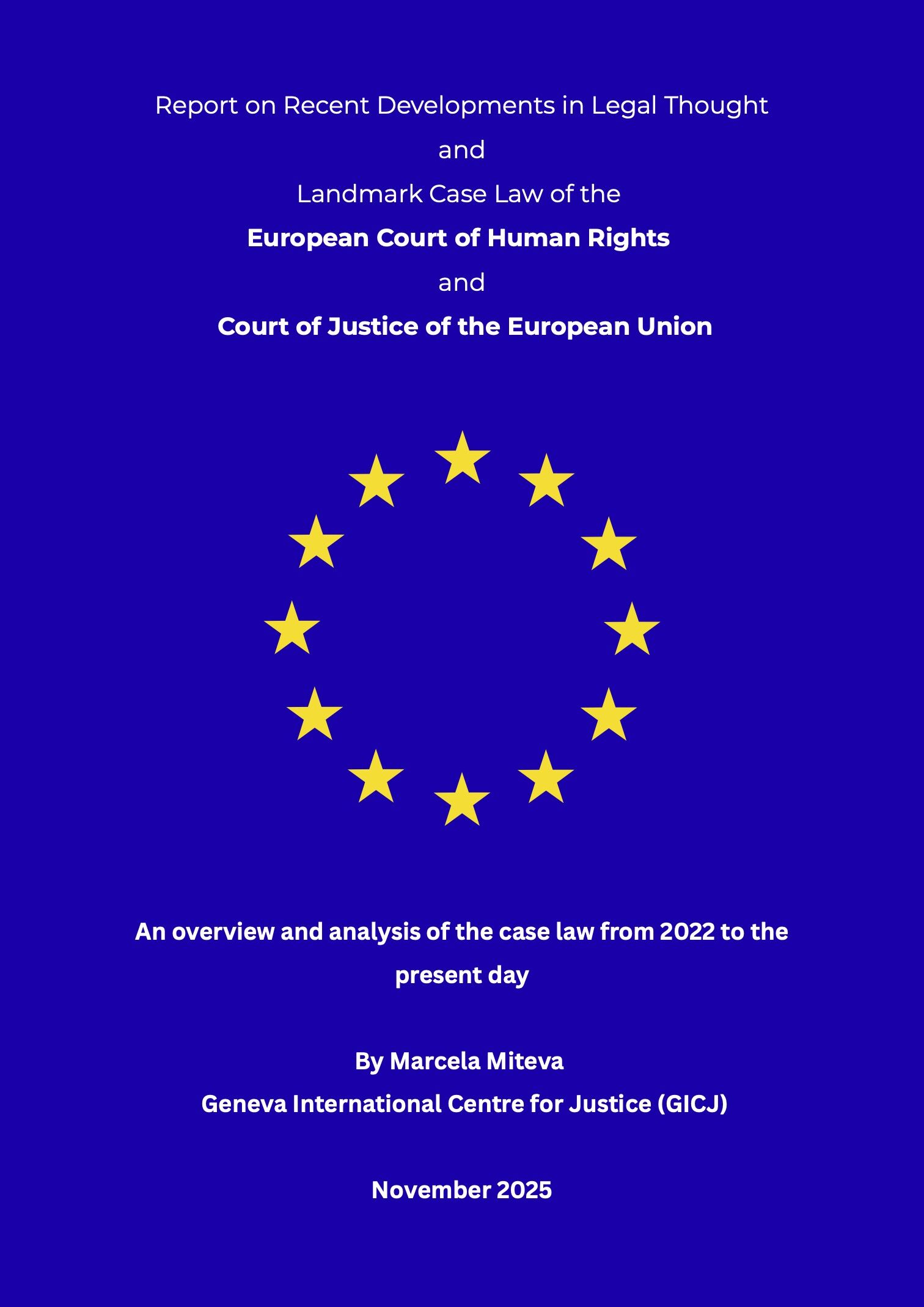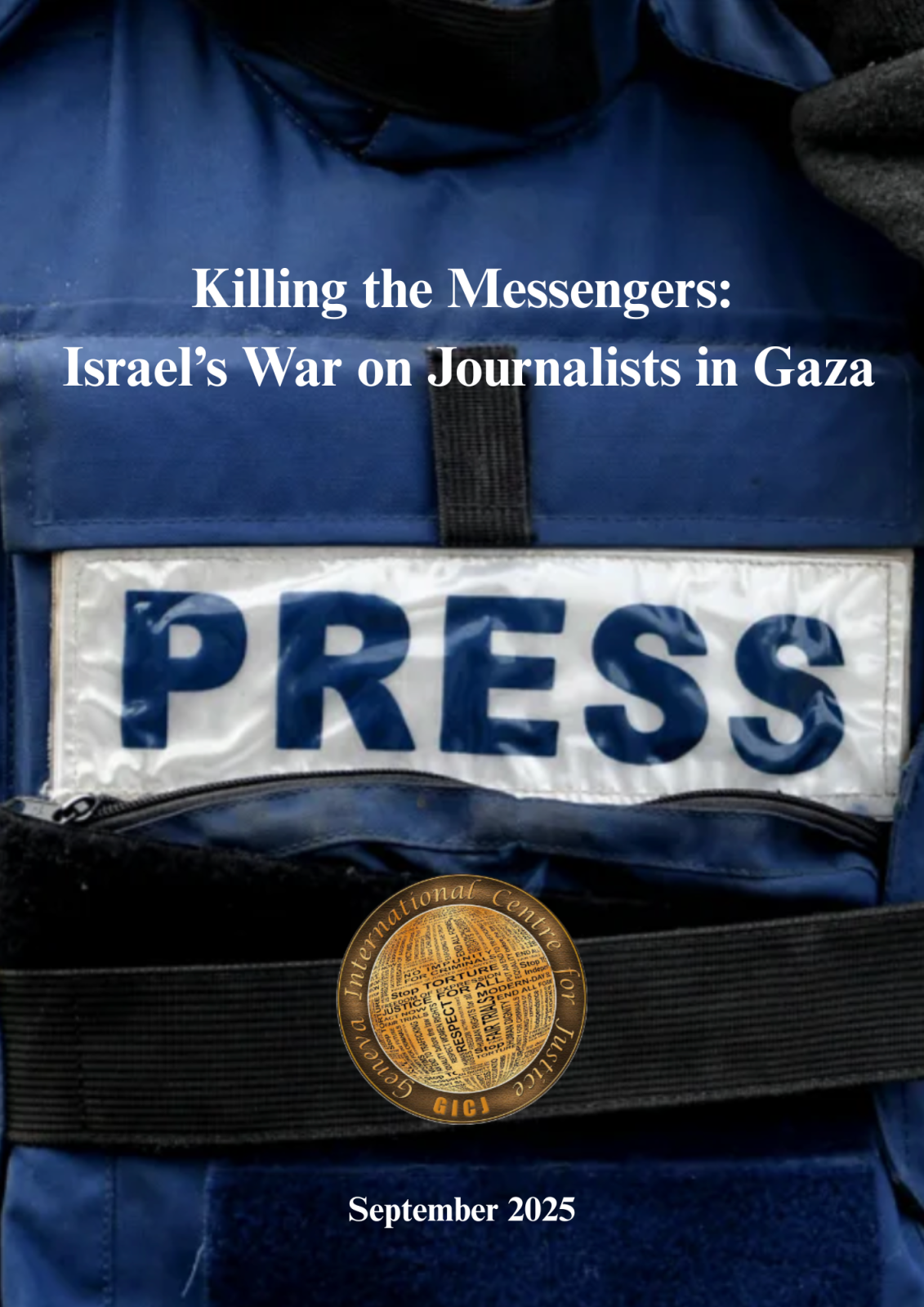17 October 2020
By Nora Futtner/GICJ
Acting together to achieve social and environmental justice for all.
October 17th marks the International Day for the Eradication of Poverty. This year’s theme, “Acting together to achieve social and environmental justice for all,” seeks to address the multi-dimensional nature of poverty through a spotlight on the inextricable issues of social and environmental justice. In order to effectively target the root causes of poverty, a holistic approach must be taken that not only focuses on income levels but also on environmental and social justice.
Those who suffer from poverty experience the consequences of environmental degradation and social discrimination faster than more financially secure communities. According to the concept note for this international day:
As global temperatures and sea levels rise in tandem, as oceans acidify and rainfall patterns change for the worse, people living in poverty will be the first and most severely impacted.1
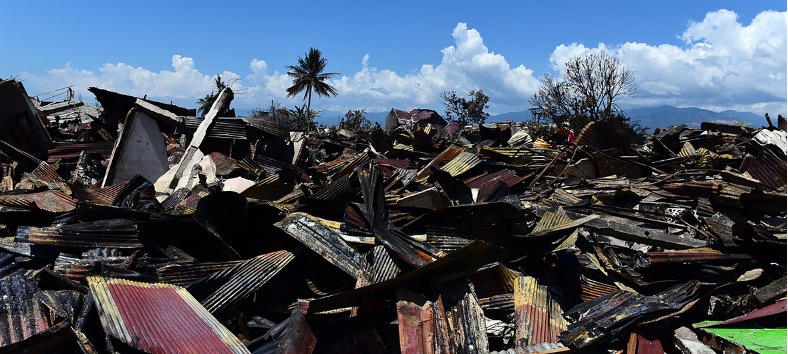 UNICEF/ Arimacs Wilander: Damaged houses in Indonesia after the 2018 earthquake and tsunami.
UNICEF/ Arimacs Wilander: Damaged houses in Indonesia after the 2018 earthquake and tsunami.
It is undeniable that the social injustice of poverty cannot be addressed without simultaneously addressing the environmental challenges that will soon render many livelihoods impossible. Even if measures are successful in the short term, sustainable poverty reduction must engage with climate policy.
Geneva International Centre for Justice (GICJ) stands in solidarity with those around the world suffering from poverty. GICJ urges the international community to act swiftly on poverty reduction through decisive environmental policies and to create sustainable recovery plans from COVID-19 that explicitly take into account the needs of those suffering from poverty.
Background
The observance of the international day has its roots in Trocadéro in Paris, where over 100,000 people gathered on 17th October 1987 to honour the victims of extreme poverty, violence and hunger. Poverty was appealed to be an infringement of individuals’ human rights, and the need to come together to show commitment to protecting such rights was established. Since then, the gathering has been an annual means of showing solidarity with the plight of the poor. Indeed, participation in the gathering by the poor themselves has been integral to the event since its founding.
Resolution 47/196, adopted by the General Assembly on the 22nd December 1992, declared the 17th October an International Day and called for states to devote the day to promoting activities to entrench the rights of the poor and to highlight efforts towards the eradication of poverty in their respective contexts. Since then, it has become an annual opportunity to acknowledge the plight of the poor, to emphasise the work of the poor themselves in fighting against poverty, and to raise awareness of activities related to the suppression of poverty worldwide.
Global Efforts to Eradicate Poverty
Most states have signed a significant number of human rights and sustainable development treaties and conventions to address the problem of global poverty and inequity as the biggest priority for sustainability. These international instruments obligate governments to ensure that everyone within their jurisdiction can enjoy the fulfilment of their fundamental human rights. However, the level of commitment, their practical implementation, and the prioritization of the issue varies significantly from one region to another. In our 2017 report on poverty eradication, GICJ noted the most important international commitments made by states on issues of poverty reduction.
Importantly, the UN 2030 Agenda for Sustainable Development sets poverty eradication as a cross cutting issue and an overarching goal. As one of the most urgent issues that need to be addressed, the 2030 Agenda has set “ending poverty” as the first Sustainable Development Goal, or Goal 1, aiming to put an end to poverty everywhere, currently measured as people living on less than $1.25 a day. The main targets of Goal 1 in the 2030 Agenda seek to halve the amount of people living in poverty; ensure that all people have equal rights to economic resources, and access to basic services, ownership and control over properties; reduce the vulnerability of the poor to climate-related extreme events and other economic, social and environmental disasters; and achieve significant protection of the poor by 2030.2
Poverty and Human Rights
The Charter of the United Nations and the Universal Declaration of Human Rights affirm that all human beings are born free and equal, and should enjoy equal rights as a result. This includes an affirmation of the right to an adequate standard of living, access to education, and the ability to participate in society.3 Moreover, the International Covenant on Economic, Social and Cultural Rights (ICESCR) also affirms the right to an adequate standard of living, education, health and employment.
This enduring occurrence of poverty, in both extreme and less extreme forms, prevents individuals from accessing such fundamental rights. Indeed, extreme poverty does not only encompass a lack of income, but also represents the main cause of problems such as hunger, disease and illiteracy especially in developing communities. Those who experience poverty also experience most acutely the effects of environmental degradation. It also prevents people from having their basic human rights protected; impoverished individuals often feel forced to accept unacceptable housing or working conditions, are barred from accessing basic justice mechanisms, and usually have little political voice or power.
Poverty Trends and the Coronavirus Pandemic
GICJ laments the unfortunate fact that extreme poverty persists today, regardless of the economic, social and cultural situation of states. According to the UN’s figures, around 780 million people live below the international poverty line, with 11% of the world’s population living in extreme poverty – usually measured at the extremely low figure of $1.90 per person per day.4 Developing countries are especially affected; with national prosperity being a strong determinant of extreme poverty levels. In most countries where the GDP per capita is below $4000, between ¼ and ¾ of the population lives in extreme poverty.5 Furthermore, states ravaged by war or at high risk from natural disasters, especially in the developing world, have far higher levels of abject poverty.
From around 1970 until this year, there had been a relatively steady decline in the number of people living in extreme poverty worldwide. Ourworldindata.org estimates that extreme poverty levels fell from nearly 1.9 billion in 1990 to around 650 million in 20186 -- though the exact level is open to wide debate. Furthermore, while significant progress may have been made towards eradicating poverty in Eastern and South-eastern Asia, up to 42% of the population of Sub-Saharan Africa still lives below the poverty line.7
As was noted in GICJ’s 2019 update on The International Day for the Eradication of Poverty, poverty reduction was stagnating even before the pandemic. Unfortunately, the onset of COVID-19 is now reversing hard-won progress in the numbers of those suffering from extreme poverty. The full impact of coronavirus on the global poor is not yet known, as it is predicted that the effects of this historic economic downturn will continue for many years. However, it is clear that the pandemic has shed light on the fragility of certain communities who were unable to sustain multiple weeks of unemployment due to a lack of significant savings and social safety nets.
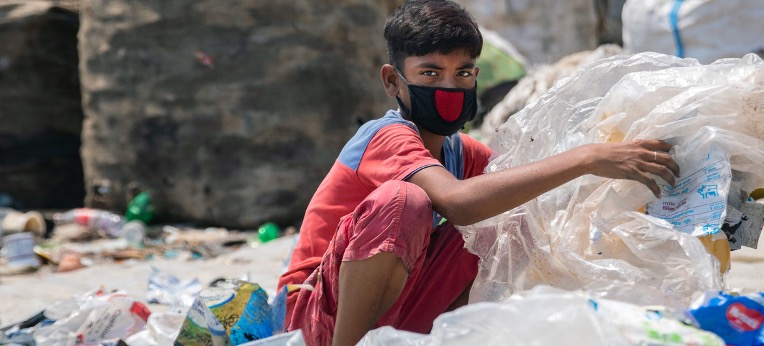
UNICEF/ Parvez Ahmad: Young boy in Bangladesh sorts through trash to support his family during lockdown.
The World Bank’s 2020 Poverty and Shared Prosperity Report estimates that during 2020, the coronavirus will cause between 88 and 115 million people to slip back into the category of extreme poverty. They are likely to be joined by an additional 23 to 35 million the following year. The report predicts sharp increases in poverty in all regions in 2020 and 2021, but they project that South Asia and Sub-Saharan Africa will be the hardest-hit regions.8
Recommendations
On this International Day of the Eradication of Poverty, GICJ wants to show its solidarity with the poor, and highlight how a focus on social and environmental justice is critical to restart progress toward global poverty reduction. GICJ acknowledges and supports international efforts for the eradication of poverty, and, as a human rights-orientated organisation, would like to emphasise the importance of poverty eradication and prevention to the protection of individuals’ human rights worldwide. Geneva International Centre for Justice has persistently expressed its dismay for people living in poverty to the main international human rights bodies such as the Office of the High Commissioner for Human Rights and to the UN Human Rights Council (UNHRC).
We would like to take the time to highlight the close link between conflict and poverty; it is widely understood that the two are closely interconnected, with conflict weakening infrastructures and making countries far more prone to war, civil or otherwise. As such, peace-building initiatives are essential to efforts to eradicate poverty worldwide. GICJ thus urges the UN and its member states, among others, to stop intervening militarily abroad, and to put their resources into ending conflicts rather than raging new ones.
Furthermore, GICJ calls upon all countries to consider the multidimensional nature of poverty when creating COVID-19 economic recovery plans. We would also like to stress that because the current level of extreme poverty worldwide was stagnating even before the coronavirus pandemic, policies should focus not only on the direct effects of the crisis, but also the dimensions that made communities vulnerable to poverty in the first place, such as environmental concerns. GICJ stresses that now is the opportunity for countries to build better and more equitable economic systems and policies that will increase resilience against future crises.
GICJ also calls upon the international community to take bold and swift collective action on the global climate crisis, as a healthy environment is a critical factor in sustainable poverty reduction. The United Nations Environment Programme’s 2019 Emissions Gap Report states that we must cut global emissions by seven percent each year to abide by the 1.5 degree commitment made in the Paris Climate Accords9, and GICJ urges countries to stand by this agreement.
At the same time, all countries and relevant UN bodies must maintain or increase their support packages toward poverty reduction initiatives, to ensure that extreme poverty levels continue to fall. These efforts are necessary, especially if the objectives of the 2030 Sustainable Development Goals are to be met on time.
Finally, it is imperative that all initiatives that aid in the eradication of poverty engage the poor in decision making. Economic development efforts must be centred on the poor communities themselves for sustainable development to be guaranteed and for the human rights of such people to be protected. It must be recognised that poverty maintains and entrenches systems where human rights are violated, and that these must be confronted for the key principles of the UN Charter and the Universal Declaration of Human Rights to be upheld.
The concept note for this year’s international day can be found here.
Read the previous article on eradication of poverty here.
1 United Nations Department of Economic and Social Affairs, International Day for the Eradication of Poverty 2020. https://www.un.org/development/desa/socialperspectiveondevelopment/international-day-for-the-eradication-of-poverty-homepage/2020-2.html
2 United Nations. Sustainable Development Goals. https://www.un.org/sustainabledevelopment/sustainable-development-goals/
3 United Nations. The Universal Declaration of Human Rights. https://www.un.org/en/universal-declaration-human-rights/
4 United Nations. Ending Poverty. https://www.un.org/en/sections/issues-depth/poverty/
5 Our World in Data. Global Extreme Poverty. https://ourworldindata.org/extreme-poverty
6 Our World in Data. Global Extreme Poverty. https://ourworldindata.org/extreme-poverty
United Nations. Ending Poverty. https://www.un.org/en/sections/issues-depth/poverty/
7 United Nations. Ending Poverty. https://www.un.org/en/sections/issues-depth/poverty/
8 World Bank. 2020. Poverty and Shared Prosperity 2020: Reversals of Fortune. Washington, DC: World Bank.
9 UN Environment Programme Cut Global Emissions by 7.6 Percent Every Year to Meet 1.5 Degree Paris Target. https://www.unenvironment.org/news-and-stories/press-release/cut-global-emissions-76-percent-every-year-next-decade-meet-15degc?_ga=2.244877317.1623133719.1602601038-1332971184.1602601038




